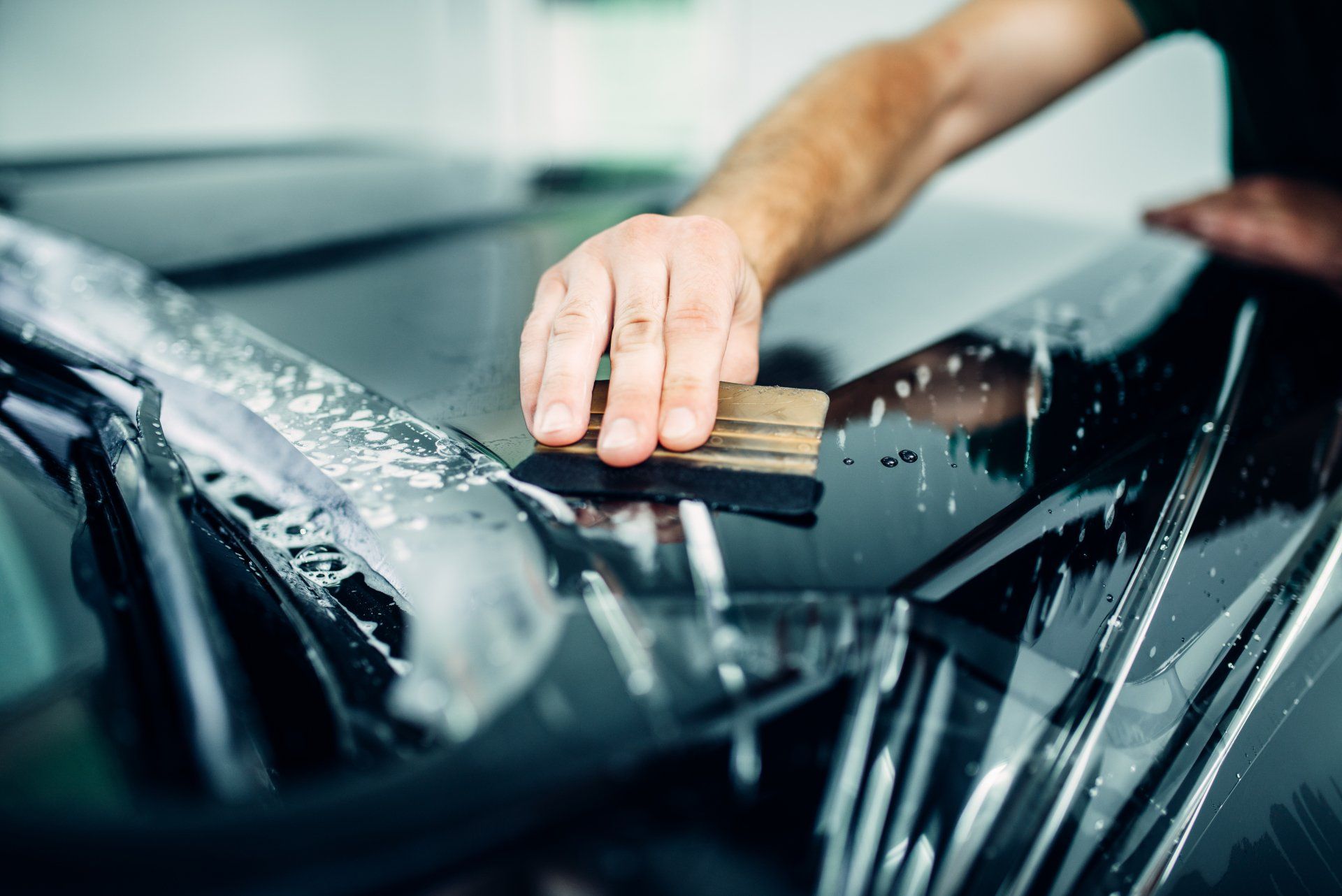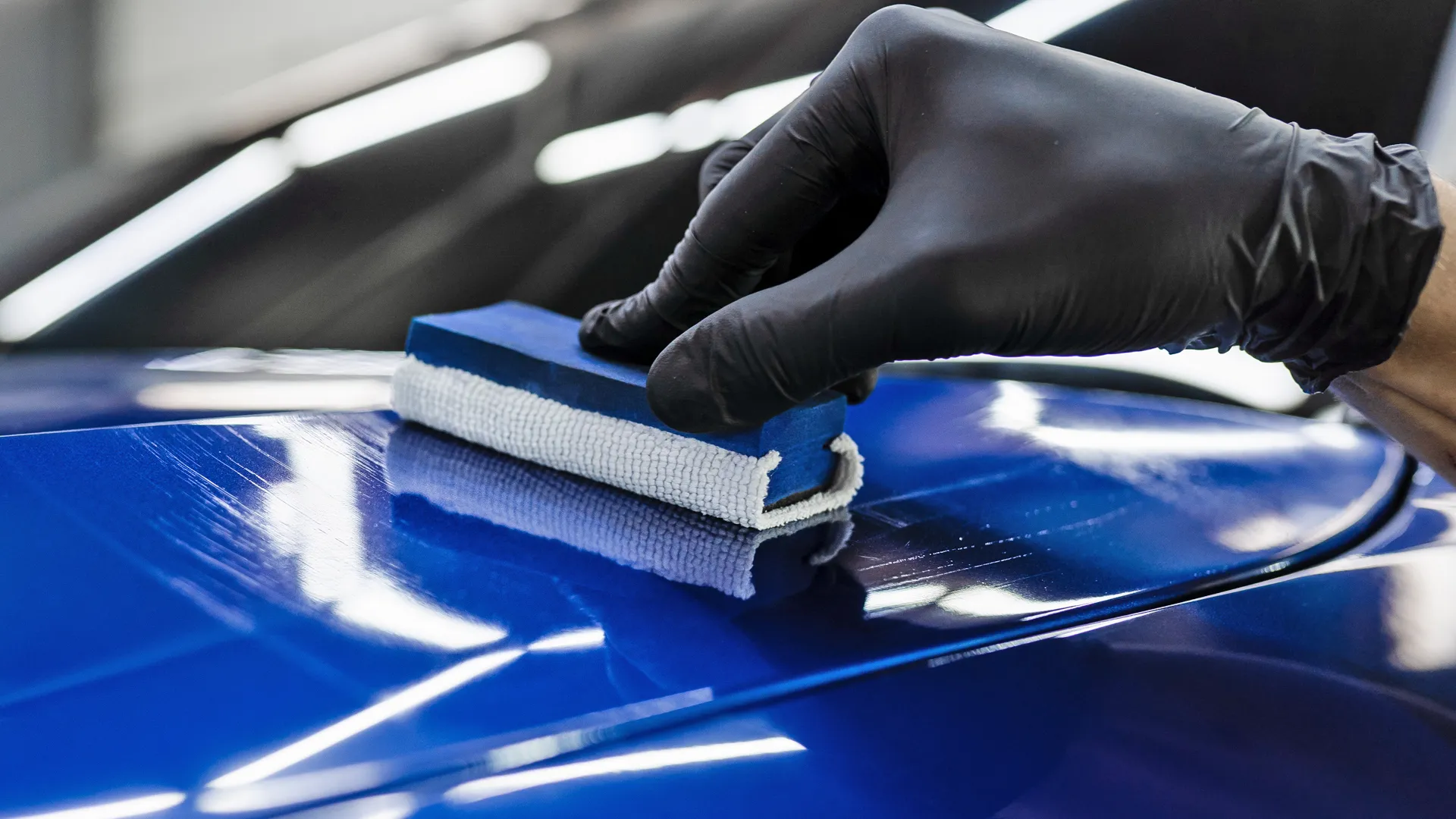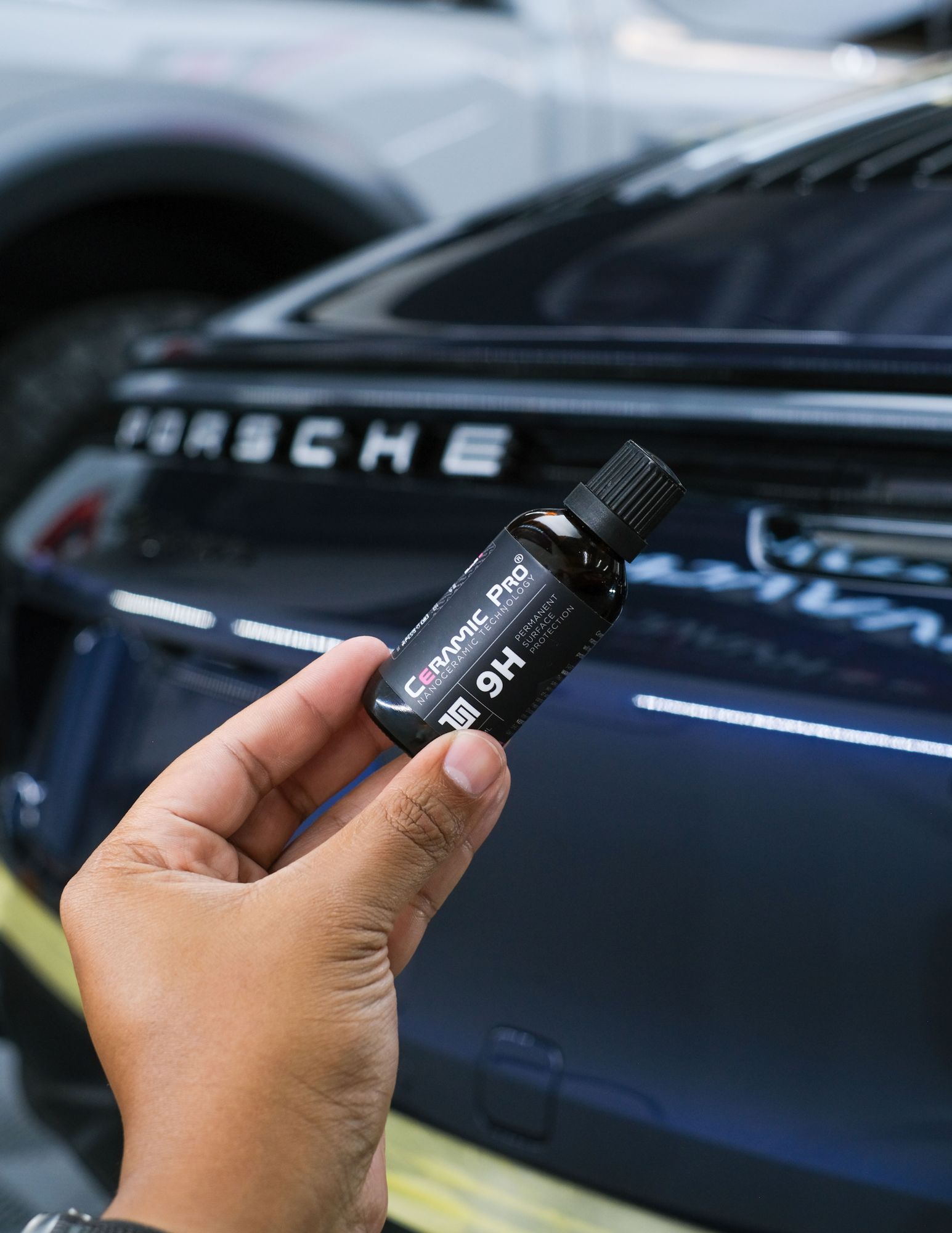Everything You Need to Know About Ceramic Coating for Cars
Everything You Need to Know About Ceramic Coating for Cars
Blog Article
Ceramic Covering vs. Standard Wax: Which Provides Much Better Long-Term Protection?
The argument between ceramic coverings and traditional wax for vehicle protection has actually gathered substantial attention amongst automotive lovers and professionals alike. Ceramic coverings flaunt premium durability and resistance to environmental elements, yet the complexity of their application increases inquiries regarding accessibility and practicality.
Review of Ceramic Layer
Ceramic layer has acquired considerable appeal amongst vehicle enthusiasts and detailers alike because of its advanced protective high qualities. This ingenious modern technology is made to produce a durable, hydrophobic guard over an automobile's paint surface, significantly enhancing its resistance to ecological contaminants such as dust, UV rays, and chemical stains. Unlike conventional wax, which offers a momentary layer of protection, ceramic coatings bond at a molecular level with the paint, supplying durable sturdiness-- often expanding past two years with correct upkeep.
The application procedure entails meticulous preparation of the automobile's surface area, including cleaning and polishing to ensure optimum adhesion. When used, the layer remedies to form a robust layer that not only adds depth and gloss to the paint yet likewise simplifies maintenance. With its hydrophobic buildings, ceramic finishing permits water and dirt to slide off even more easily, decreasing the frequency of cleans and reducing the danger of swirl marks.
Moreover, ceramic coatings are available in various formulations, permitting users to pick products tailored to their specific requirements and preferences. Overall, ceramic coating represents a substantial improvement in paint security innovation, delivering superior performance contrasted to traditional options.
Introduction of Typical Wax
Generally related to as a staple in auto treatment, wax works as a preferred option for those seeking an uncomplicated approach to enhance and shield their car's paint - ceramic coating. Automotive wax usually consists of all-natural active ingredients, such as carnauba, or artificial substances, created to develop a safety layer on the surface of the paint. This layer not just boosts the vehicle's gloss and radiate but likewise provides a barrier against environmental contaminants
The application of wax is generally user-friendly, making it accessible for both professionals and Do it yourself fanatics. As soon as used, wax needs a curing period, after which it sets to create a safety shell.
However, while wax is reliable for improving the visual appeal of a car, it is necessary to note that the security it uses may necessitate extra regular reapplication contrasted to different products, such as ceramic finishes. On the whole, standard wax stays a favored option for those prioritizing ease of usage and immediate visual renovation.
Sturdiness and Durability Contrast
While both ceramic layers and typical wax offer safety advantages for auto paint, their resilience and longevity vary considerably. Traditional wax, usually made from natural carnauba or synthetic polymers, typically provides a protective layer that lasts about 3 to six months. This fairly short lifespan requires routine reapplication to maintain optimal security.
In comparison, ceramic coverings are crafted from innovative nanotechnology, developing a covalent bond with the paint surface area. This results in a durable, hydrophobic layer that can withstand for 2 to five years, depending upon the product and environmental problems. The remarkable toughness of ceramic finishes is credited to their chemical structure, which supplies enhanced resistance to scratches, UV rays, and oxidation.

Security Against Ecological Variables
Securing a car's paint from environmental elements is important for keeping its appearance and value over time. Vehicles are regularly revealed to a selection of aspects, consisting of UV rays, bird droppings, tree sap, acid rainfall, and roadway grime, all of which can jeopardize the stability of the paintwork.
Ceramic coatings offer a durable protection versus these ecological aggressors. Unlike conventional wax, which can break down quickly under UV exposure, ceramic coatings form a durable, hydrophobic layer that resists the damaging impacts of sunshine and toxic wastes. This advanced technology produces a chemical bond with the car's surface, using exceptional security that lasts for years, also in extreme problems.
Conventional wax, while easier to apply, commonly calls for regular reapplication and uses limited resistance to pollutants and UV rays. Over time, it can break down, leaving the paint susceptible to scratches and oxidation. On the other hand, ceramic finishings preserve their safety top qualities much longer, substantially reducing the risk of paint damage and guaranteeing that the car maintains its aesthetic charm. As an outcome, ceramic layers are see here significantly identified as the superior option for lasting defense against environmental factors.
Application and Upkeep Distinctions
The methods of application and succeeding maintenance for ceramic finishes and standard wax differ substantially, impacting the total user experience and effectiveness of each product. Ceramic layers need an even more complex application process, usually entailing surface preparation that consists of cleaning, sanitizing, and polishing the car. Once the surface area is ready, the ceramic layer is applied in a controlled atmosphere, often needing professional knowledge to make certain proper treating and bonding to the paint.

While both items boost vehicle appearance, the longer-lasting protection offered by ceramic coatings might validate their preliminary financial investment, in spite of the even more requiring application procedure. Alternatively, traditional wax remains a popular option for those seeking a simpler, albeit short-term, solution.

Conclusion
In conclusion, ceramic coverings show significant advantages over traditional wax in terms of resilience and ecological security. With a life expectancy prolonging two to five years and remarkable resistance to UV rays, dust, and chemical spots, ceramic finishes use a much more efficient remedy for lasting automobile maintenance. The application procedure may require expert experience, the resulting price savings and reduced regularity of reapplication highlight the worth of ceramic finishes for those seeking optimum automobile protection.
The discussion in between ceramic finishings and traditional wax for lorry protection has actually amassed substantial interest amongst automotive fanatics and experts alike. Unlike conventional wax, which gives a momentary layer of protection, ceramic coatings bond at a molecular degree with the paint, providing durable sturdiness-- often extending past two years with correct maintenance.
While both ceramic finishes and traditional wax deal protective benefits for vehicle paint, their resilience and long life differ dramatically. For automobile fanatics seeking long-lasting protection, ceramic layers present an engaging benefit over traditional wax products.
In conclusion, ceramic finishes demonstrate significant advantages over typical wax in terms of sturdiness and ecological defense.
Report this page